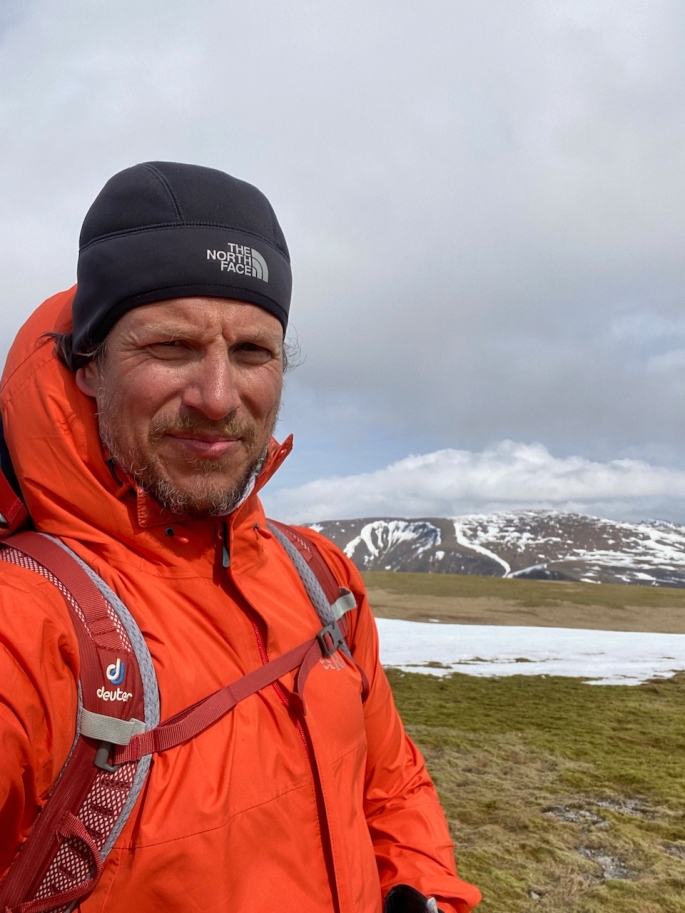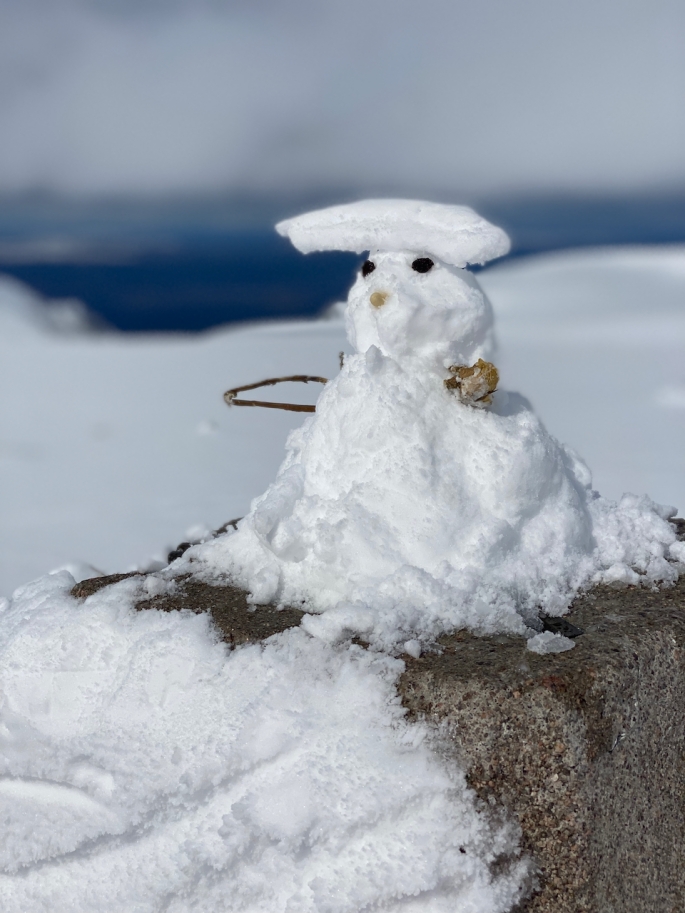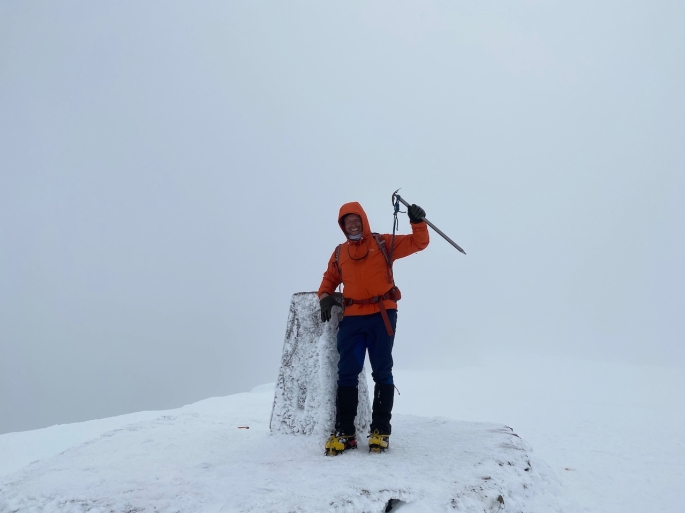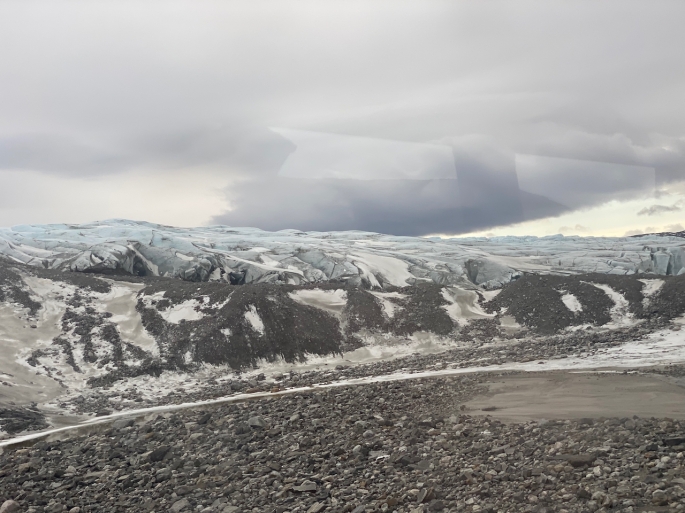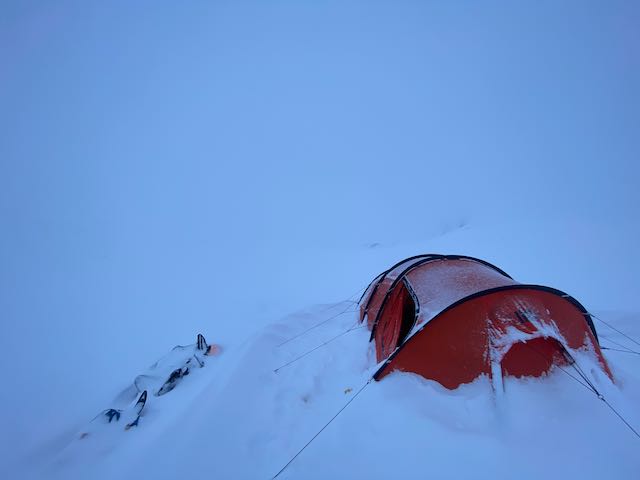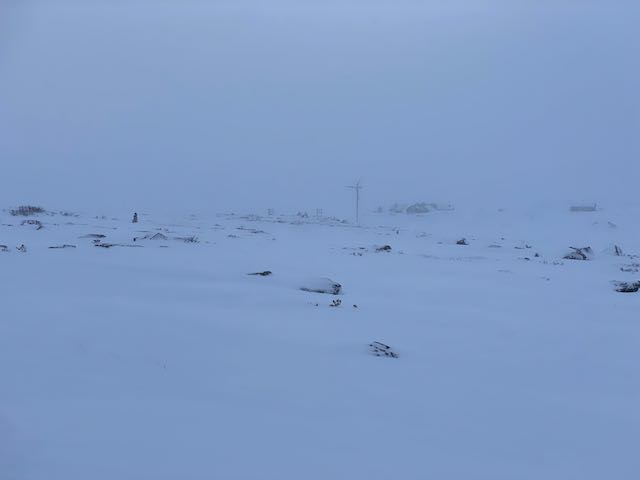March-April 2022
With all the fitness training over the past few months, time really did seem to fly by to the end of April when we eventually started the journey across the icecap. So long in the waiting, but still always training as much as possible to be in the best possible shape for the journey; trying to squeeze in as much as possible but not to overdo it. More mountains climbed in Scotland, plenty more tire-pulling and lots of strange looks from people. Braeriach, the third highest in the country, is always an amazing mountain to climb and is quite accessible for me from Carrbridge, and it becomes even more stunning with the snow. Also, an opportunity to climb Ben Nevis in winter could definitely not be missed and it was nice climbing the UK’s highest mountain in cool and lovely conditions.
Before we knew it, the time had come. 25 April: Inverness to London, to Copenhagen. 26 April: Copenhagen to Kangerlussuaq. Always that anxiety about whether the bags would come through–imagine that! One flight to Kangerlussuaq every couple of days… no, it was too terrible to think about…! Fortunately they all came through and no problems. It was great in Copenhagen with the hotel being next to the airport – could take the trolley from the airport all the way into the hotel room; not seen that before! Quite a change from Oslo when there are barely any trolleys at the main railway station!
We had one night in Kangerlussuaq to organise all of our supplies for the next four weeks, splitting everything into weekly bags and sorting out the pulks. Had a bit of a scare when realised that I didn’t have my mountaineering harness, which we need for going through crevassed areas. Almost a disaster, though fortunately we we were able to find one from a local guide – such a relief! Then that was it… just a bus ride to the bottom of the glacier on a gloomy and overcast early afternoon of 27 April, and we were off…
